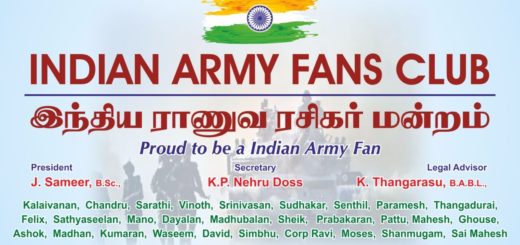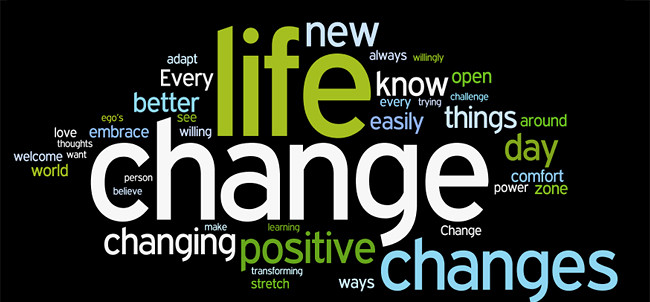Dev through the Decades
By Medha Bhagwat, @bhagwat_medha, (INN)
A story that has kept audiences enthralled for decades now, a story of a young man who descends into alcoholism after losing his one true love and finds solace in hands of a prostitute with a heart of gold.
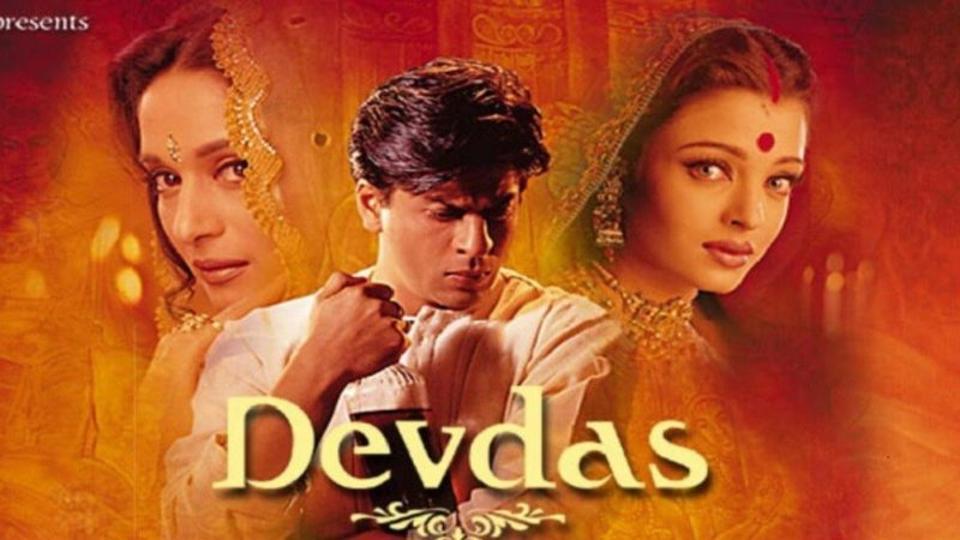
The screen adaptation of the novella Devdas by Saratchandra Chattopadhyay is an important landmark in the early Indian cinema.This epic tale of Bengali romance highlights the bewildered relationships between its three protagonists: Devdas , Parvati ( more commonly known as Paro ) and Chandramukhi and even draws parallel to popular mythological characters, Lord Krishna , Radha and Meera.
The popular love story has seen many adaptations over the decades in India and has been made in regional languages too. This prominent film, screened in 4 Indian languages mainly Hindi, Tamil, Telugu and Bengali, offering a novel version of romantic love. However, the main point of focus remained the fictional perception of the film provided by some post-modern academics in the field of comparative literature. It endeavours to place the film both as text and cinematic work as a broader perspective based on the study of intertextuality of the four main renditions: Raghavaiah’s Devdas (Telugu,1953), Bimal Roy’s Devdas (Hindi,1955),Bhansali’s Devdas (Hindi,2002) and also Anurag Kashyap’s Dev.D (Hindi, 2009).
The first ever version starred the legendary K.L. Saigal as Devdas, who sang his own songs, lending the charm of honest cinema, the second version of 1955 starred Dilip Kumar whose presence alone livened up the silver screen and thus making the movie a resounding success. The black and white cinematography added to the uncomplicated visual effect that the movie has in terms of its style and appeal. The 2002 version starred Shahrukh Khan wherein he displayed his famed antics and managed quite significantly to portray the conflict, drama, love and anguish to portray the ethos of Dev.
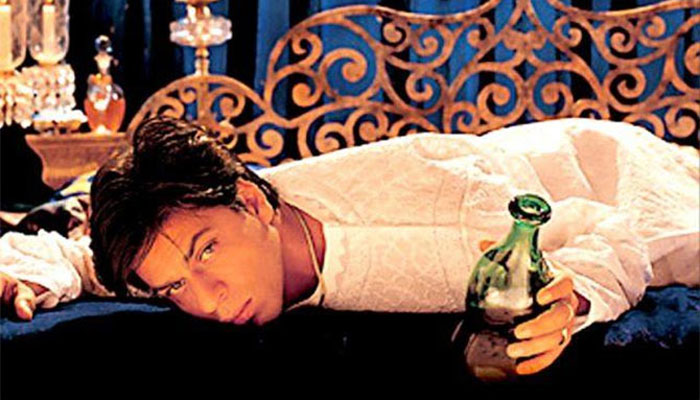
No other director dared to follow the footsteps of Bimal Roy, until Sanjay Leela Bhansali and this version broke the box office records, instantly becoming a classic. Critics and audiences alike found the opulence presented in the film enthralling. Then seven years later another adaptation crept into the Bollywood scene – Dev-D. Anurag Kashyap, instead of treading the tried and tested method of storytelling that made the other adaptations successful, completely revamped the storytelling and narrative structure of Indian films as a whole. It has been taken into consideration that the remake of ‘Devdas’ happened eight times since 1928 proving that it indeed fascinated film makers for decades.
The Indian cinema has given new dimensions to Devdas with its various adaptations across the years with grand Bengali sets and opulent costumes to display real Bengali glamour and elegance of pre-independence Bengal being the hub of culture, music, dance, drama and textiles it was and still is. However, the matter is worth giving attention to as even though Devdas has been reinvented and resurrected over four distinct eras, the essence of the self-destructive and narcissistic Dev remains unaltered and so does the storyline of his tragedy. The four actors who portrayed this epic character have given it shades that have made each version of Devdas unique in style and visual appeal.So, through my article, I propose the readers to revisit the figure of ‘DEVDAS’ and thus compare its identity construction through the four major adaptations, that of P.C Barua (1936), Bimal Roy (1955), Sanjay Leela Bhansali (2002) and Anurag Kashyap (2009). If Barua’s Devdas is a cultural legacy inherited from the colonial context then the versions produced after the independence of India bear witness to the evolution marked by the denial of traditional values while remaining inconsistently attached to the latter. Indian cinema has given new dimensions to Devdas with its various adaptations across the years with grand Bengali sets and opulent costumes to display real Bengali glamour and the elegance of pre-independence Bengal. Each version although more or less identical to the original model, contains new ‘elements of reality’ involved in the transformation of the ideals installed by Sarat Chandra.
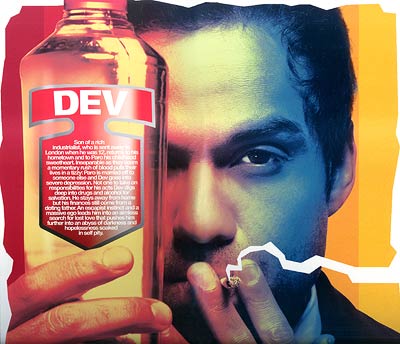
Only the version of Kashyap throws light on the history of Devdas by placing it in the context of the India of the 2000’s. Thus, the change brought to the traditional composition by this film allows us to understand how the phenomenon operates in a different environment, outside the spectrum of historical fiction. Each work has its own identity made up of a multitude of elements. In case of films, which are collective works, each speaker in the creation of it brings his own personality that blends into the whole and thus determining the identity of the film. Although these adaptations follow the model of the literary character by Sarat Chandra, we not only find the story but also the figure of Devdastotally transformed. This figure evolves in contexts, on the surface and perhaps in depth too.
Within this framework, if we as the audience pay special attention and look more into detail at the endings of these films which demonstrate the ways in which Devdas becomes urban folklore within Indian popular culture and we may consequently read or interpret it as a representative text of the shift which happened due to the variation in the historical trajectories of the nation. Although in the current scenario more attention here is given on the factas to how the films became an artistic manifestation of the highest standards within two hours and were quite adeptly able to capture various complexities of human nature and behaviour as illustrated by the novella. How they adapted to a century old legend and interpreted it in a way that still seems fresh and the present generation can relate to it with ease. How each version of the film created its own cult with its extraordinarily unique music, dance, art, sets, visuals, graphics etc. How the underlying feudal power structure of the Indian society is reflected in each version. How each version dealt with its own current scenario accordingly converting the vision of telling of this classic love story, blended with contemporary times and similarities and being more in line with the current social and cultural values.


